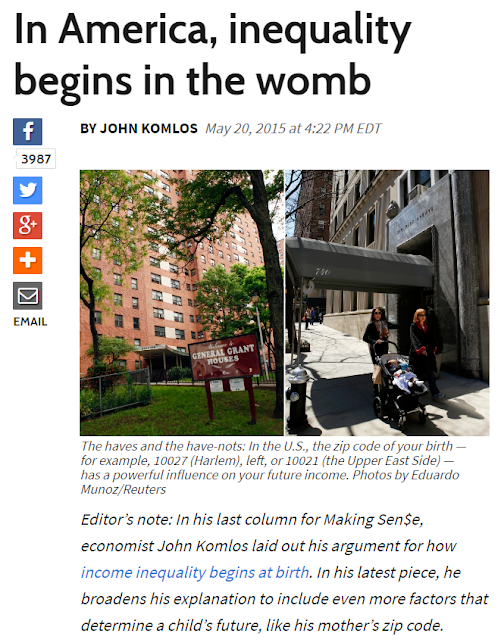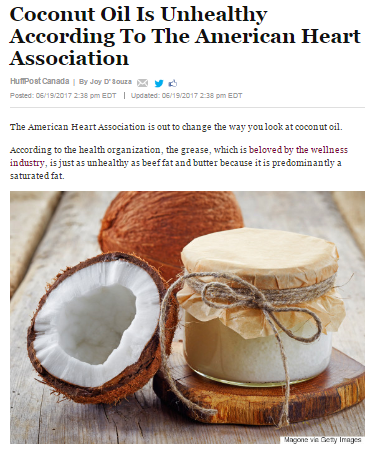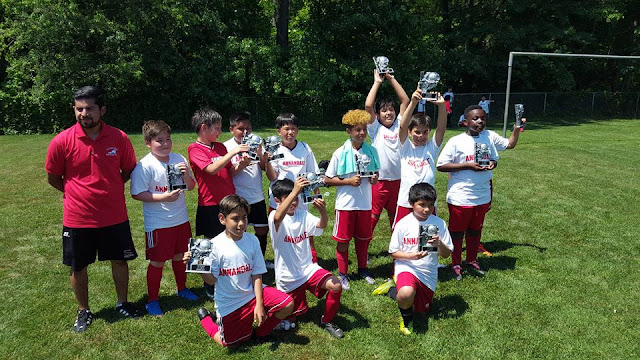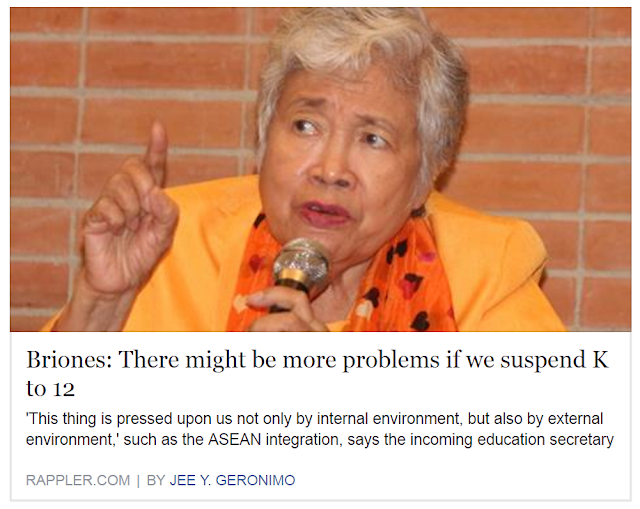Poverty's Effect on Education Starts Inside the Womb

Children born in poor families have limited opportunities for learning during the preschool years. This is one reason why economically disadvantaged children are often less prepared for kindergarten and first grade. Poverty, however, harms education long before the toddler years. Poverty's damaging effects are already at work inside the womb. For this reason, economist John Komlos makes the claim that "In America, inequality begins in the womb": Above copied from PBS Newshour One parameter that higlights the effects of poverty inside the womb is a child's birth weight. Children born in poor families are more likely to have low birth weight (less than 2.5 kilograms or 5.5 pounds) . In Korea, the likelihood of a low birth weight is four times greater in poor families. How a low birth rate affects education has also been examined recently in a study in Copenhagen. This recent work published in Pediatrics looks at intelligence at three adult ages (19, 28 and 50 yea...











